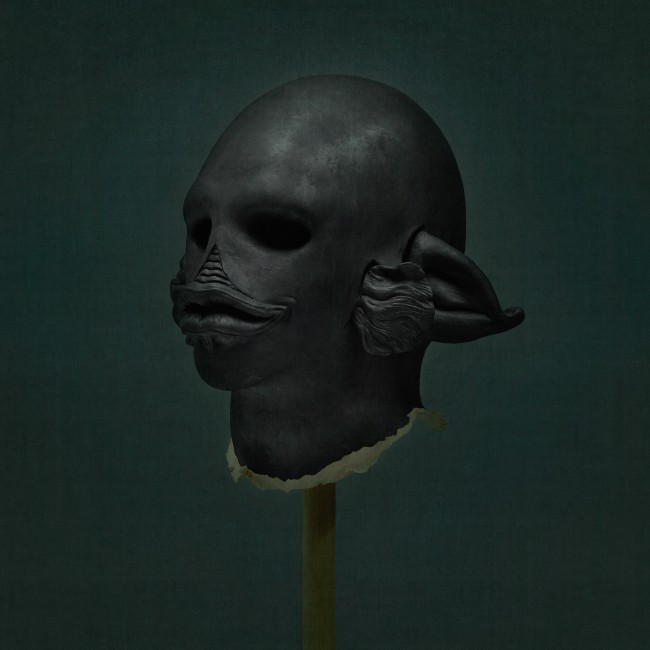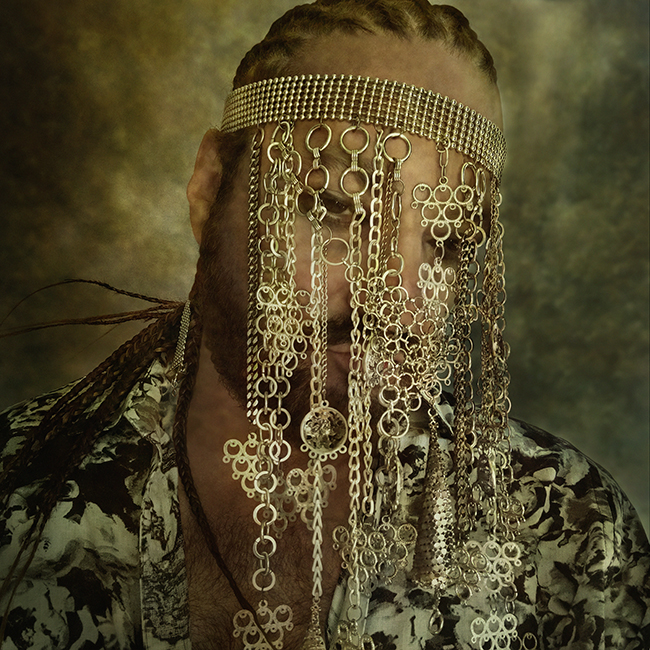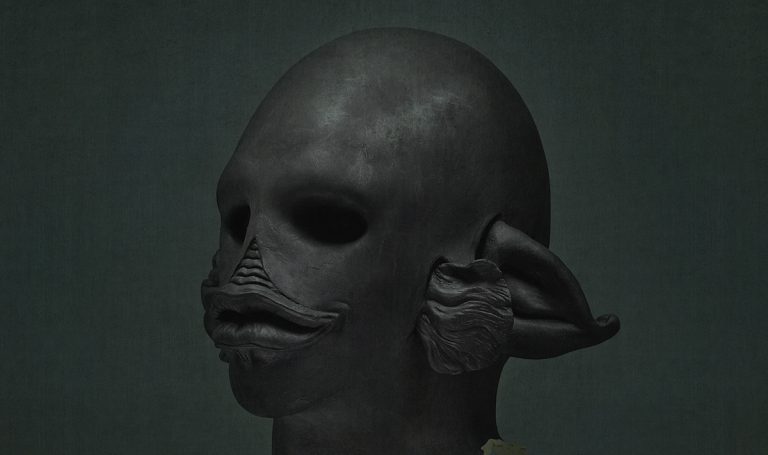Montreal-based artist Adamo Macri embraces a variety of creative forms, including sculpture, photography, video, painting, and drawing, to delve into themes of identity, nature, and human experience. His art defies conventional boundaries, blending his own existence with his creations to produce works that feel more like an unfolding narrative than fixed objects. For Macri, art is not something external—it is intertwined with his own being, each piece acting as a chapter in a larger story of personal and artistic transformation.

A hallmark of Macri’s approach is his willingness to use his physical body as part of his work. He often incorporates his own form directly into his pieces, turning himself into both the subject and the medium. This blending of self and art creates a dynamic sense of evolution, with each new work representing a step in an ongoing metamorphosis rather than a static, completed project. His art is a snapshot of change, constantly shifting and growing as he does.
Transformation plays a central role in Macri’s practice, most evident in works like The Lure (2023), a photograph from his Jahrfish project. The piece ties together themes of identity and mutation that have appeared in his past work. It features a metallic face mask resembling a fishing lure, symbolizing the dangerous allure of things that attract us despite their potential harm. The image powerfully connects themes of nature, identity, and change, key elements that run through much of Macri’s art.

Macri’s work frequently explores self-portraiture, but his approach is far from traditional. Rather than presenting a static image of himself, his self-portraits document his ongoing evolution, showing a fluid identity in perpetual motion. His changing physical appearance naturally alters his self-portraits over time, providing a fresh perspective on how we understand identity in art. His works blur the lines between the artist, the creation, and the viewer’s interpretation, making the concept of self less fixed and more of a continuous journey.
Masks often appear in Macri’s work, adding complexity to his exploration of identity. In The Lure, the mask obscures the artist’s face, raising questions about how identity is perceived and constructed. The mask becomes a metaphor for the ways in which we present ourselves to the world, and Macri’s use of it prompts viewers to consider what lies beneath. His art challenges the idea of a stable self, instead embracing ambiguity and the shifting nature of identity.

In Carnevale (2022), another photograph in Macri’s portfolio, he revisits the theme of identity and perception through the use of a birdlike mask named Pasubio (2018). The mask connects to regional traditions while simultaneously serving as a tool for exploring the nature of sight. By using eyewear as both a literal and symbolic veil, Macri encourages viewers to reflect on the act of seeing and being seen, and how perception shapes our reality. The mask in this context is not just a disguise but a lens through which the nature of identity can be questioned and examined.
Throughout his body of work, Macri’s indirect gaze draws viewers into his world while keeping a certain distance. He rarely looks directly at the camera, preferring instead to glance away, fostering a sense of tension and voyeurism. This subtle use of gaze invites viewers to reflect on their own role as observers, challenging them to consider their relationship to the art and the artist. By engaging with the act of looking, Macri’s works become a meditation on observation, judgment, and the complexities of human interaction.
Macri’s art is deeply personal yet invites universal reflection on identity and transformation. Rather than seeking recognition or outward validation, he uses his work as a space for thoughtful exploration, encouraging viewers to look within themselves. His art touches on broader societal issues while remaining grounded in the personal, creating a balance between introspection and commentary.

Adamo Macri’s earlier work, Jahrfish, features mutant fish-head artworks that garnered significant recognition for their surreal and captivating nature. Building upon this, Macri created The Lure (2023, 64 x 64 cm), a photographic project that further explores his fascination with human-animal hybrids and conceptual portraiture.
The idea behind The Lure was born out of Macri’s reflection on Jahrfish and his conceptual portraits. This led to the creation of a metallic face mask resembling a fishing lure, symbolizing deception and attraction.
Macri’s work delves into self-portraiture in the digital age, seeing it as a visual journal of one’s evolving identity. His ever-changing appearance, which he describes as a “chameleon phenomenon,” becomes central to his art, incorporating both masked and unmasked forms. The project reflects Macri’s dedication to public self-expression, blending personal vulnerability with creativity. He likens his approach to that of a public servant, viewing his artistic journey as both thrilling and dangerous, requiring the sacrifice of ego to reach a deeper level of authenticity and emotional resonance.
What makes Macri’s practice unique is his commitment to continuous growth, both as an artist and as an individual. His art is an ever-evolving reflection of his own life and experiences, making it both deeply personal and broadly resonant. As he continues to push the boundaries of self-representation, his work serves as a reminder that identity is never fixed—it is always in flux, shaped by our interactions with the world and ourselves.
Through works like The Lure and Carnevale, Adamo Macri invites us to join him in the process of self-exploration and transformation. His art asks us to consider the masks we wear, the roles we play, and the ways in which we, too, are constantly evolving.

